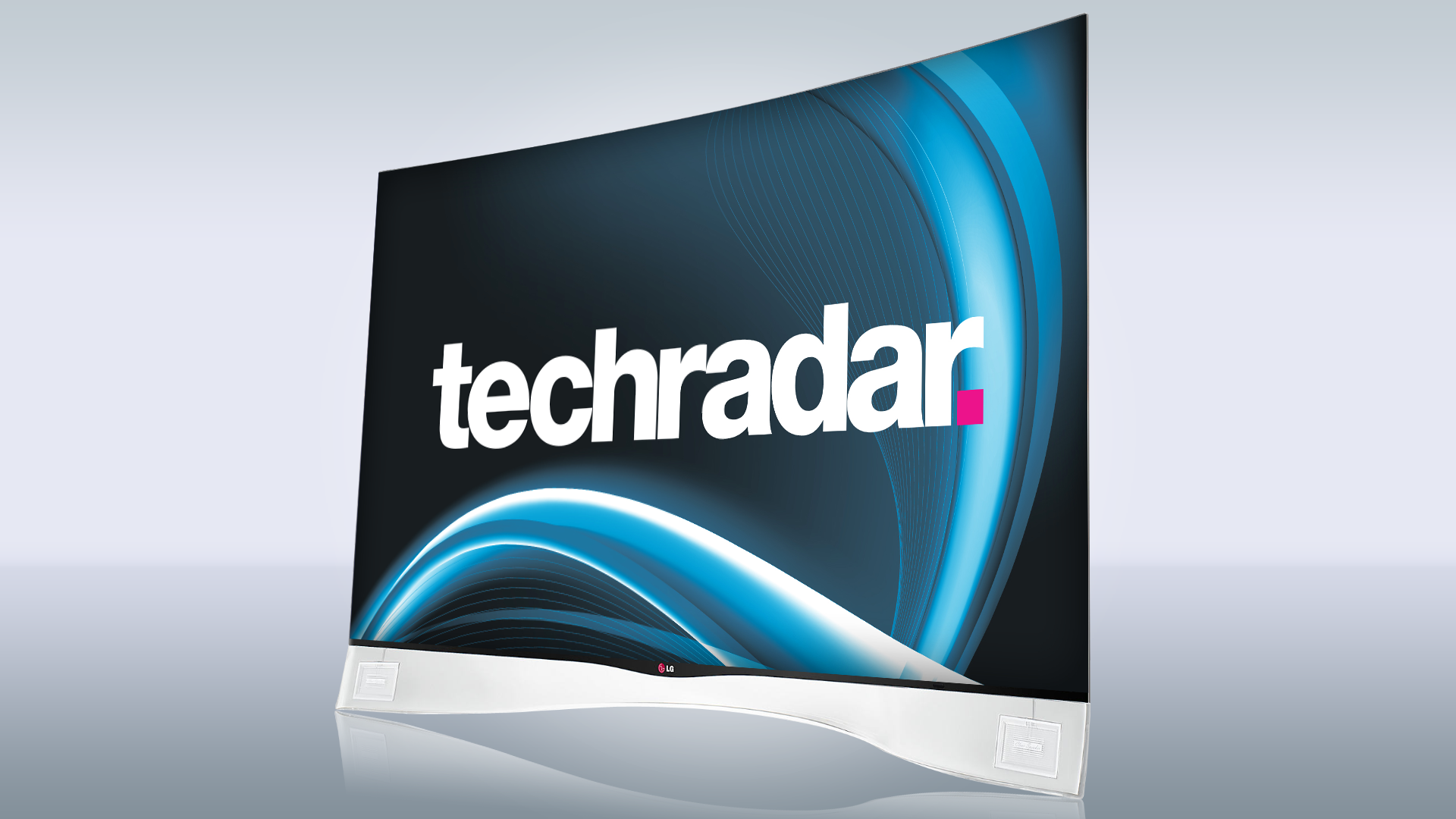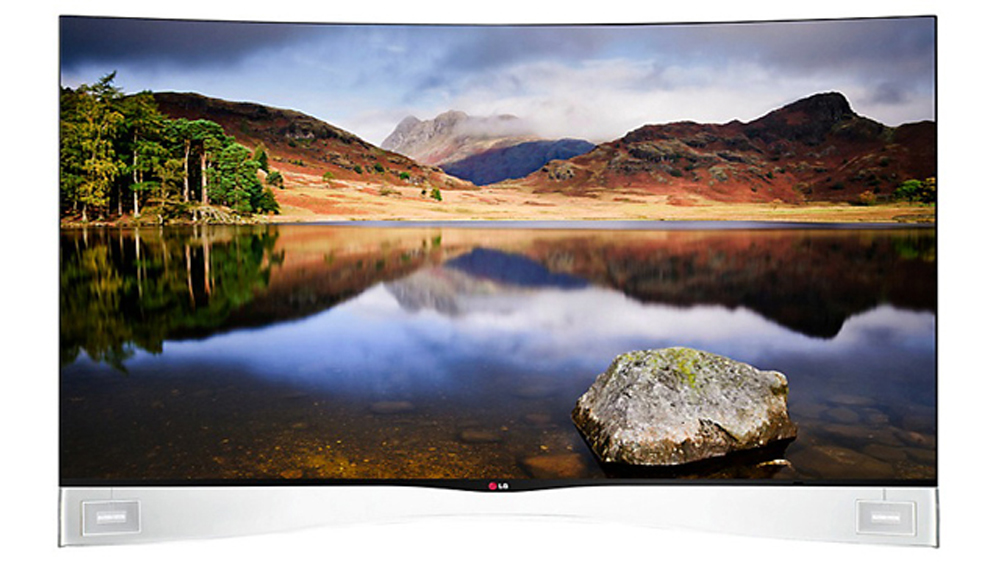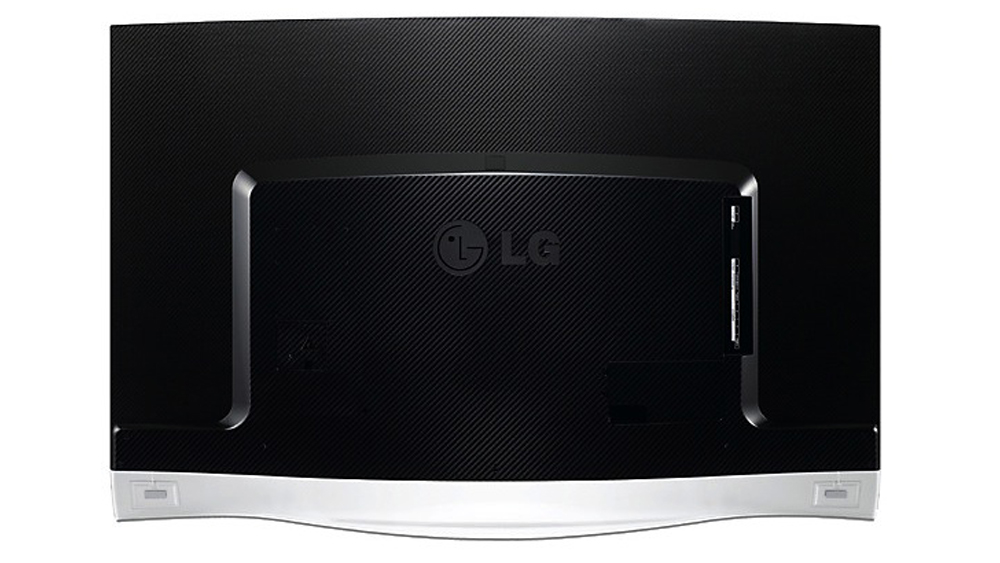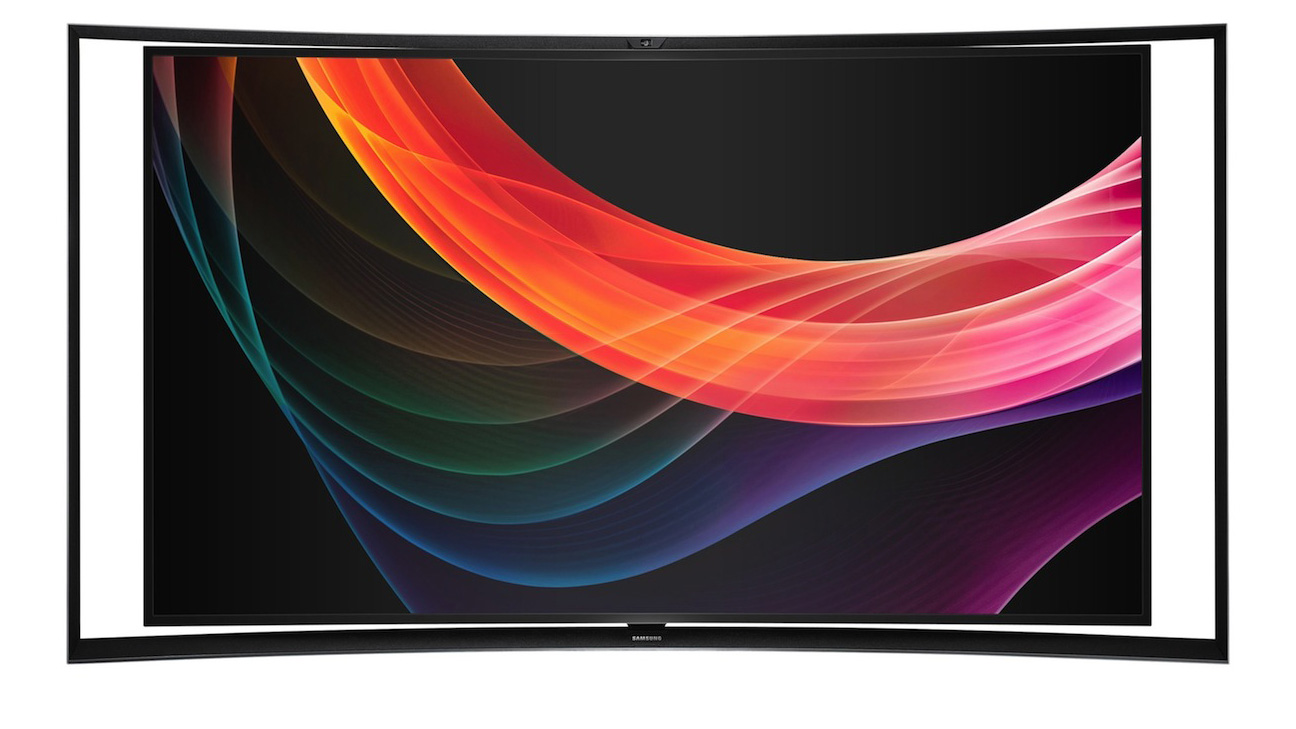Why curved TVs might not be the devil's work after all
After 10 days with a curved TV, I actually quite like it

Back in August, we posted an article on TechRadar with the headline 'why curved OLED TVs are a bad idea'.
At the time there was a general sense of bafflement in the AV business about a strange new trend in TV design - yep, curved screens were making a back. It seemed like a strange move.
But here we are seven months later, and I have a confession to make: I've lived with a curved TV, and I didn't hate it. At all.
I can already hear the gasps of outrage wheezing from the darkest corners of social media, and I'm all too aware that making such a statement may have cost me whatever small snippet of credibility I may once have held in the most 'no-nonsense' quarters of the AV world.
But there you go. I can only call it as I, literally, see it - while politely reminding the instant naysayers that I have actually experienced a curved TV properly, while you almost certainly haven't. So there.
The curved TV I lived in sin with was the LG 55EA980W: a 55-inch curved OLED TV - the first bigscreen OLED we've been able to get our hands on.
I guess maybe some of the fact that the curve didn't offend my supposedly fine-tuned AV sensibilities as much as expected could be down to the exhilarating abilities of OLED technology. But this is certainly not to say that OLED's quality merely masked the annoyances of the curved screen.
Get daily insight, inspiration and deals in your inbox
Sign up for breaking news, reviews, opinion, top tech deals, and more.
For while there definitely are niggles with the curved TV concept, there are also ways in which I felt the curve definitely enhanced the viewing experience. And whoosh - there goes the rest of my credibility…

Debunking the debunkers
The two most common arguments used to excoriate the curve are these: that it's so dependent on a viewing 'sweet spot' that it's pointless in a typical home environment, and that it's only being done because it can be.
In other words, that the only benefit it brings is to manufacturers, as it gives them a point of difference to build marketing on.
Before getting the 55EA980W I was a fully paid up subscriber to these two anti-curve arguments. At least when talking about a TV as 'small' as 55 inches. But now… well, allow me to explain.
First, let's look at the argument about the curve's need for a viewing sweet spot turning a perennial family activity into a weirdly solitary one. It is true that if you sit at an angle of more than 35 to, at a push, 40 degrees off axis, then the curve becomes a major irritation.
You start to notice the near-side frame of the screen, and the closest half of the picture becomes uncomfortably foreshortened.
As if this wasn't already distracting enough in itself, moreover, looking at such a distorted image is also oddly fatiguing, as your brain tries to somehow compensate for the weirdness it's witnessing.

The bad isn't so bad
"The unexpected thing, though, is that with viewing angles of less than 35 degrees the curve doesn't cause any serious problems."
The unexpected thing, though, is that with viewing angles of less than 35 degrees the curve doesn't cause any serious problems.
In fact, from a recent demo I had with a curved Samsung LED I'd say the curve actually improves the useful viewing angle up to the 35-degree point, as you no longer get the usual colour saturation and contrast reductions associated with viewing flat TVs from such angles.
What's more, from anywhere within the sub-35-degree viewing angle range – which actually gives you a surprisingly big space for sitting multiple viewers in – there is a genuine case to be made that the curve enhances the viewing experience.
You really do feel as if the image has more depth and is slightly more wrapped around you, creeping in to your peripheral vision – two factors which definitely enhance the sense of immersion in what you're watching.
It's a bit like watching a very mild form of 3D without the content actually being 3D - and without having to wear glasses or any of that other annoying 3D stuff.
Yes, it is true that for the very best curved TV experience, where the image geometry feels totally 'right' and the positive impact of the curve is felt most strongly, there is quite a small sweet spot that involves sitting at the right distance from the screen as well as sitting directly opposite it.
But crucially you still get some beneficial impact from the curve from anywhere within the 35-degree-either-side viewing angle range we've been talking about.

There are still drawbacks
"I'm not saying the impact of the curve is so dazzlingly wonderful that now I've experienced it I can't live without it."
I'm not convinced by the argument about the curve making pictures seem sharper at the edges, though.
I'm not saying the impact of the curve is so dazzlingly wonderful that now I've experienced it I can't live without it.
I'm not saying the curve is the most amazing development in TV since colour.
And yes, there are issues with curved screens too, most notably the way any bright objects opposite the screen tend to be either double reflected or stretched across the screen by the curve's optical properties, and the fact that the picture's geometry does look slightly skew-whiff as soon as you view from just a few degrees off axis.
I also still strongly believe that curved screens will be much more effective on bigger screens than the 55EA980W's 55-inch one.
However, despite all this my 10 days of sin with a curved TV have shown that while it won't be for everyone, the idea of curving a screen is not, after all, the devil's work. Or merely some fiendish scam dreamt up by Samsung and LG's accounts departments.
So while I'm not saying yet that the next TV to find itself permanently installed chez Archer will be curved, I am now at least interested in seeing what 2014's incoming curved hordes have to offer. Rather than just sitting here with a bucket of rotten eggs to pelt them with.
John has been writing about home entertainment technology for more than two decades - an especially impressive feat considering he still claims to only be 35 years old (yeah, right). In that time he’s reviewed hundreds if not thousands of TVs, projectors and speakers, and spent frankly far too long sitting by himself in a dark room.
